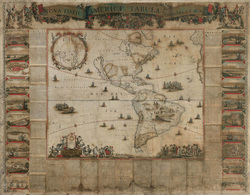 I have learned over long, hard decades, the power of a personal story deeply embedded in context. What I am setting out to do is to tell the story of my body, my aging, ailing, female, Caribbean Jewish, immigrant, disabled, queer, art-making, epileptic, childbirth-scarred body—and to deepen that story with history and widen it with ecology and global vision, until in encompasses everything I am burning to write and speak and make art about. And the vision of what I want to do has changed the shape of the house, the strategy for funding it, the network of collaborators I’m building, and what I dream about at night. But most of all, it’s given me back that sense of anticipation, of knowing that I’m living inside an epic tale of adventure, where messages and teachers are everywhere, and neither time, nor effort, nor any experience at all, is ever wasted. This time, though, I’m not setting out alone. At fifty-seven, I exist in a rich, dense mat of relationships, able to chart a course in which adventure co-exists with planning, where amidst the magic of happenstance, messages can also be asked for, and teachers encountered by design. The encounters I am planning for are with people whose passions overlap with mine, with organizations that can make good use of my brief presence, with archivists and librarians who can put their fingertips on things I need to know, and also with landscapes, from the closest we have to pristine, to those as scarred and ailing as the sickest among us.
0 Comments
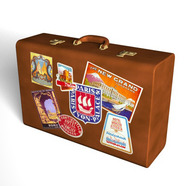 When I was in my twenties, I bought a poetry suitcase. My plan was to travel around the country with a portable typewriter and give readings, teach workshops, stay with friends of friends in the various political movements I was connected to, living on a shoestring and a song. The particular song that ran through my mind at the time was Back By Fall by Wendy Waldman. It was the anthem for my vision of a journeying poet with a vocation for social justice art. There’s crying in the cities all the people are sad. I heard it from the mountain where I was living. No food for the children. Oh the times they are so bad. What ever happened to giving? Oh, Mama mend the hole in my coat. Take my guitar from the wall. I got to go see what I can do, and I hope I’ll be back by fall. 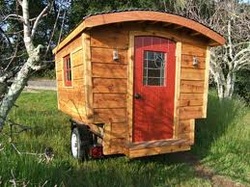 So there I was, sitting on my co-counselor Julie’s bed, saying “I wish I could just live in a pretty painted wagon, like the Roma people.” I’d fled from my moldy apartment to what turned out to be a chemically toxic cottage, and was making way through the spare beds and offices of my friends, looking for a safe place to live. That offhand wish has grown wings and changed the shape of my life. My residence is about to become a lot smaller, and my life a lot bigger. That afternoon, just out of curiosity, I went online to look at traditional Roma wagons, called, I now know, vardos, and ended up, through the magic of the internet, at the The Tumbleweed Tiny Houses site. Perfect miniature houses with tiny porches and ship-shape interiors, built, of course, with pine wood and plywood, which weren’t going to work for me, but breathtaking in their compact beauty. And they cost a fraction of what a “regular” house would cost. I could have a home I owned for what would be a modest down payment in the Bay Area. 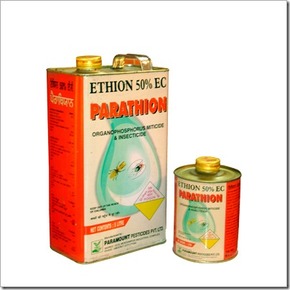 It is both shocking and unsurprising that in the thirty-three years since my first epilepsy diagnosis, not one neurologist has ever suggested environmental factors a possible cause, in spite of the fact that our environment is filled with neuro-disruptors designed to devastate the central nervous systems of insects. There are huge vested interests behind the pretense that profit driven science is safe, and that the massive amounts of toxic substances produced by that science have no significant negative impact on people or ecosystems. At every step, attempts to trace the connections between carcinogens and cancer are hampered, but at least people are aware carcinogens exist. No-one talks about epileptogens. 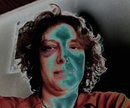 When I was a child the world was full of unusual things, astonishing realities. Just the thought that we were part of a galaxy which was one of millions, a speck of life in a vast expanse of space, made me shiver and sometimes kept me up at night. As a child you are both shocked by reality and take for granted that it's strange. That caterpillars wind themselves up in silk thread, dissolve their own bodies and remake themselves into butterflies. That blood races around inside our bodies. That people organize wars. Or insert parts of their bodies into other people's bodies and this results in new people. My brother and I thought that as we moved through the world, we left energy trails behind us and that at the end of life, it would be like letting go of one end of a stretched rubber band---we'd go flying backwards along the path we'd traveled, only a lot faster--which is why we took care not to tangle our trails around lampposts our other people. We didn't want to get bruised. 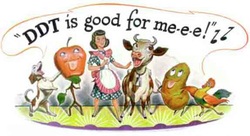 This is the beginning of a major project I'm undertaking, to tell the story of my body, and particularly of my chronic illnesses, in the context of the poisoning of our planet for profit. I was born on a farm in western Puerto Rico in 1954. My parent, blacklisted communists from New York, were unable to find work in the political climate of the 1950s, and bought an abandoned coffee farm, where they started growing vegetables and raising hens. This way, they guaranteed their food supply in spite of McCarthyism. During my mother's pregnancy with me and the first two years of my life, I was exposed to large quantities of the pesticides DDT, dieldrin and lindane, as well as smaller doses of parathion. As it turns out, I also have a genetic variation in my liver enzymes that makes my body very inefficient at breaking down and getting rid of a large range of toxicants, so that what I get exposed to hang around for a long time. |
About Aurora
Aurora Levins Morales is a disabled and chronically ill, community supported writer, historian, artist and activist. It takes a village to keep her blogs coming. To become part of the village it takes, donate here. Never miss a post!
Click below to add this blog to your favorite RSS reader: Archives
September 2017
Categories
All
|
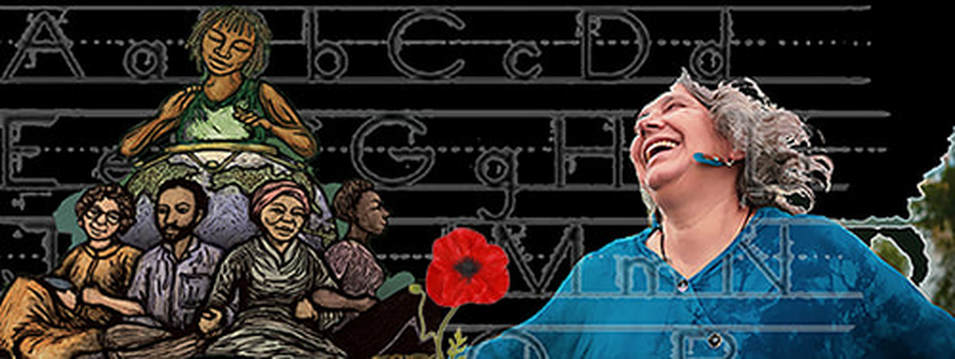
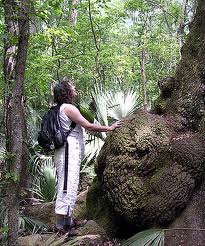
 RSS Feed
RSS Feed
